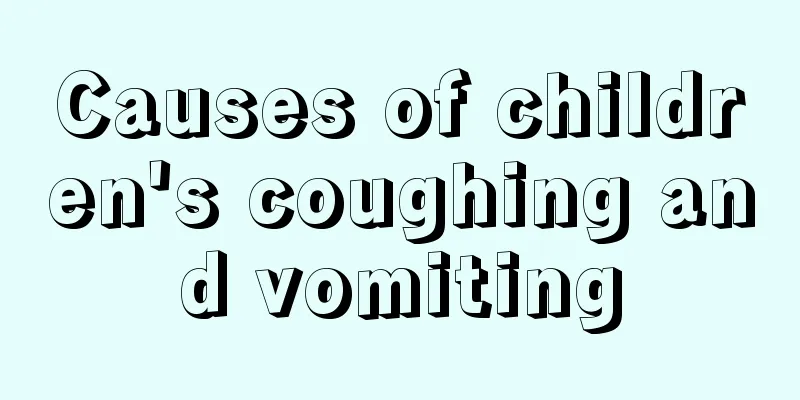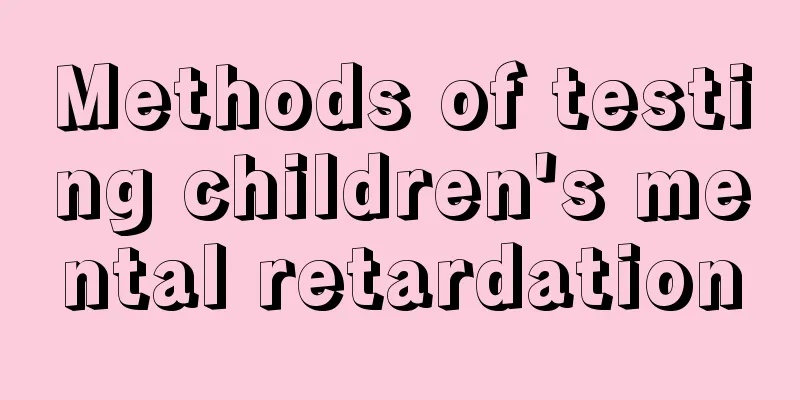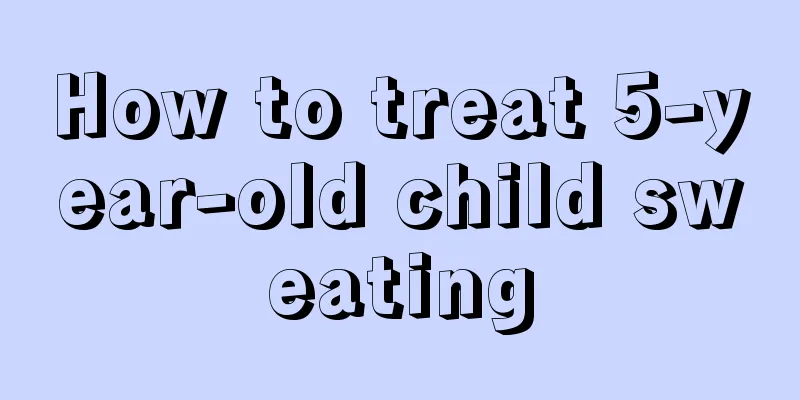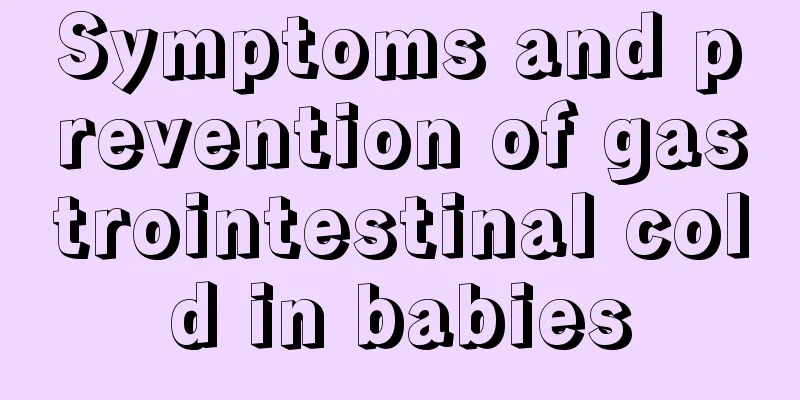Treatment of hip synovitis in children
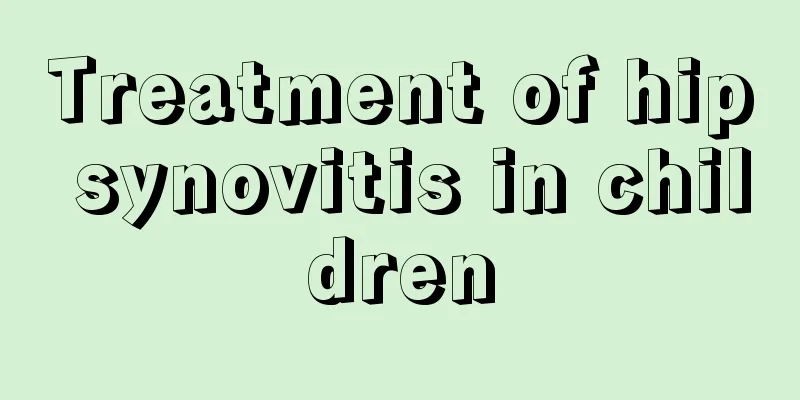
|
We all know that every child is lively and emotional by nature, which often leads to some diseases or accidents. Pediatric hip synovitis is a common disease in life. It seriously endangers the healthy growth of every child. If it is not treated in time, it will have a lot of impact on the child’s physical and mental health, and may also cause disability. Let’s learn about the treatment of pediatric hip synovitis. Treatment with traditional Chinese medicine. Hip synovitis is also called transient synovitis of the hip. Children under the age of 3-10 are susceptible to hip synovitis, which is more common in males, and most children develop the disease suddenly. The peak incidence is between 3 and 6 years old, with the right side more common than the left side, and 5% of cases occur in both hip joints. Hip synovitis, also known as transient synovitis of the hip, is a multiple disease. Children under the age of 3-10 are susceptible to hip synovitis, which is more common in males, and most children develop the disease suddenly. The peak incidence is between 3 and 6 years old, with the right side more common than the left side, and 5% of cases occur in both hip joints. Etiology and pathology The cause of the disease may be related to viral infection, trauma, bacterial infection and allergic reaction (allergic reaction). Onset may be acute or slow. Children report pain in the anterior or lateral aspect of the thigh and knee, and physical examination reveals a pain-avoidant gait, tenderness anterior to the hip, and limited range of motion and discomfort. Peripheral blood leukocyte count and erythrocyte sedimentation rate were normal. Tuberculin skin testing, rheumatoid factor titration, and antistreptolysin antibody titration are usually negative. Radiographic examination of the hip joint is normal or has a small joint effusion. There are no bone changes in this disease. Children with hip synovitis should stay in bed, avoid weight bearing, and use Chinese medicine until the hip pain disappears and the range of motion returns to normal (3 to 7 days). Some doctors recommend resting for a period of time (7 to 10 days) after the symptoms disappear. Because children are very active, it is difficult for them to stay in bed, but we should try our best to do so. The use of corticosteroids is not recommended. Traditional Chinese medicine believes that this disease is caused by exogenous evils, joint injuries, blocked acupoints, and fluid accumulation. Chinese medicine can be used to repair the synovium and thus cure synovitis. The method of TCM syndrome differentiation and treatment of hip synovitis by the Institute of Traditional Chinese Medicine for Difficult Diseases: Qi stagnation and blood stasis type Symptoms: Hip pain, limited internal rotation, abduction and extension, obvious limp, and tenderness in the groin. Medicinal Taohong Siwu Decoction with added flavor. Wind-cold-dampness type Symptoms: Hip joint pain lasts for a long time during the attack, occasionally with low fever, pale red tongue, thick white or yellow greasy tongue coating, floating or slippery pulse. The hip is full and tender, the affected limb is deformed in flexion, abduction and external rotation, the trunk is obviously tilted toward the affected side, the patient is lame and even has difficulty walking, and the affected limb is 1.5 to 2.5 cm longer than the healthy limb. Medicinal Qunbi Decoction with added ingredients. Liver and kidney deficiency There is no obvious history of trauma and the disease recurs repeatedly. Symptoms: poor appetite, anorexia, dull pain in the hip area that is more obvious during activity, inability to exert force, unsteady steps, sometimes pain in both hip areas alternating, dry and red tongue with little coating, and a thready and stringy pulse. The anteroposterior pelvic radiograph showed no abnormalities. Medicinal Ten-Ingredient Tonic Soup. Will temporary synovitis of the hip cause sequelae? This is an issue that every parent is very concerned about. We know that transient synovitis of the hip is caused by toxemia, so it will not produce some sequelae after recovery like purulent infection. Generally, there will be no sequelae after recovery, but a small number of children may have recurrent attacks, which requires the attention of Chinese medicine practitioners and necessary examinations. After understanding the treatments for pediatric hip synovitis, we can choose the best treatment method based on our child's physical condition. If pediatric hip synovitis receives timely primary treatment in the early stages of the disease, it will greatly help the baby to recover best and will not affect future life. |
>>: What to do if your child has a rash
Recommend
When your baby switches to breastfeeding, pay attention to these things
Babies who eat milk powder need to switch to milk...
Complications of diarrhea caused by cold in babies
It is a common phenomenon that babies catch cold ...
Causes of forehead protrusion in babies
The condition of baby's protruding forehead m...
What are the best ways to improve students' memory?
In fact, everyone's memory level is different...
What medicine should children take for diarrhea in autumn?
Maybe many of our children often suffer from diar...
The child's anus is red and painful
In our lives, many mothers find that their baby&#...
What is the lack of children's poor sleep
When children are young, many parents will choose...
How long does it take for a baby's arm to recover after being dislocated? How many days does it take for a baby's arm to recover after being dislocated?
If the baby's arm is accidentally dislocated,...
What are the consequences of precocious puberty?
Precocious puberty is often a disease suffered by...
What should I do if my child has indigestion and vomiting? These methods are very effective
Indigestion in children is actually very bad. Chi...
What can babies eat to get better quickly from enteritis and diarrhea?
The physical health of babies has always been one...
Baby diarrhea and fever
Diarrhea is very common. Diarrhea is usually caus...
How to treat children's colds with diet therapy?
Many young children have caught a cold. At this t...
What are the characteristics of early development in children?
Under normal circumstances, a person's develo...
What should I do if my newborn baby has not had a bowel movement for four days?
The body functions of a newborn baby are still un...
